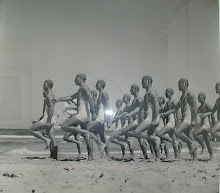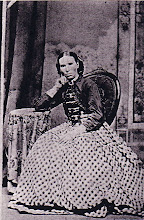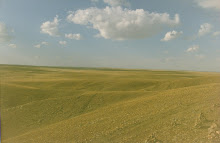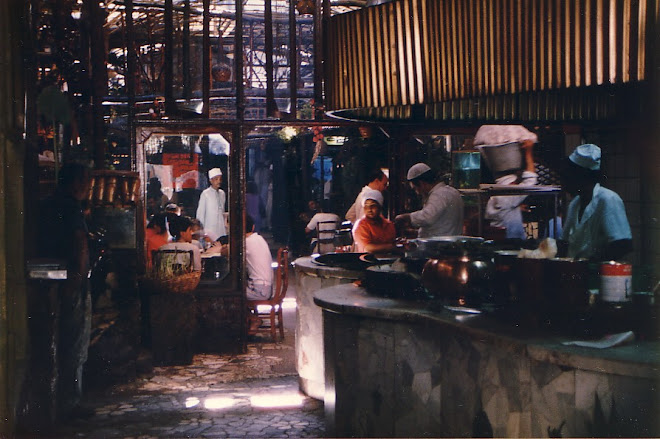Thursday, September 22, 2016
Wednesday, March 23, 2016
Sunday, March 6, 2016
Vaslav Nijinsky - ‘Danse Siamoise' from the suite of dances 'Les Orientales’
'Les Orientales’ was a suite of dances devised for the 1910 Paris season of the Ballets Russes, replacing ‘Le Festin’ of the previous season. The theme of the suite was inspired by a visit of Siamese court dancers to St Petersburg in the 1890’s, fitting with the ‘exotic’ strand of a number of the ballets in the repertoire of the company at this time.
'Les Orientales’ premiered on 25th of June 1910 at the Théâtre National de l'Opéra, Paris.
Nijinsky appeared in two dances in the suite: ‘Danse Siamoise’ (Music by Christian Sinding [Rondoletto giocoso, op.32/5, orch. Igor Stravinsky]) and ‘Variation’ (Music by Edvard Grieg [Småtroll, op.71/3, from Lyric Pieces, Book X, orch. Igor Stravinsky]).
There is disagreement between Boris Kochno (‘Diaghilev and the Ballets Russes’) and Lincoln Kirstein (‘Nijinsky Dancing’) about the creators of the choreography, and the costume and set designs for ‘Danse Siamoise’.
Kochno states Nijinsky created the choreography for both the ballets he appeared in, and Kirstein that ‘Danse Siamoise’ was from Mikhail Fokine. The Michail Fokine Estate does not list the ballet in Fokine’s oeuvre, but this maybe be due to the work being considered inconsequential. There seems no dispute that the choreography for ‘Variation’ was the work of Nijinsky, being his first effort in this new direction.
As far as costume and set designs go, Kochno claims they are by Constantine Korovine (or Korovin) and Kirstein, by Léon Bakst. I suspect that Kochno may be referring to designs of another/other ballets in the suite as he is not specific to ‘Danse Siamoise’. And the extraordinary power of the invention of these exotic designs shouts Bakst to me!
The first four further photographs of the ballet I’m posting here are by Eugène Druet. They were taken in the Passy garden of artist Jacques-Émile Blanche to use when painting Nijinsky in this ballet. Images 1-3, while posed as are the studio images, have the quality of action photographs. 4 is an action photograph proper. As a set we have I think a tiny sense of Nijinsky in movement.
The next two images are sketches by Blanche for the final painting and the last, the rich glittering painting itself - replete with oriental carpet and gilded Chinese screens. A feast for the eyes!
Curiously, though, Jacques-Émile Blanche’s (Western European) idea of oriental exoticism is a quite contained tame affair compared with that of central Ballets Russes designer, Léon Bakst!
Labels:
1910,
Ballet,
Ballets Russes,
Dance,
Danse Siamoise,
Diaghilev,
Paris,
Russian ballet,
Serge de Diaghilev,
Vaslav Nijinsky
Sunday, February 21, 2016
The World’s Oldest Surviving Dress - Egypt, 3,482 BC
I read:
“The world’s oldest dress dates back to around 3,482 BC, a new study has revealed. The “Tarkhan Dress”, which now looks more like a stained and tattered shirt, has been identified as Egypt’s oldest garment as well as the oldest surviving piece of woven clothing in the entire world.
Despite its current decrepit state, the “Tarkhan Dress”, the researchers point out, was once a fashionable linen garment, featuring knife-pleated sleeves and bodice with a naturally-beautiful pale grey stripped design. The lower part of the dress is missing, which is why its original length is currently unknown.
Speaking about the find, recently published in the Antiquity journal, Alice Stevenson of the University College London said: The survival of highly perishable textiles in the archaeological record is exceptional, the survival of complete, or almost complete, articles of clothing like the Tarkhan Dress is even more remarkable. We’ve always suspected that the dress dated from the First Dynasty, but haven’t been able to confirm this as the sample previously needed for testing would have caused too much damage to the dress.”
Subscribe to:
Posts (Atom)

















![C18 Bronze Buddha [Southern China]](https://blogger.googleusercontent.com/img/b/R29vZ2xl/AVvXsEioLkgVKuhDoIHQgM1X6Oe2hGn75yqaj4OJXPmNpumXmQPKxB22S57YS5DVrl1P7zl7BS6EFpAtaNZPze7gzVCRiQI54bwdHhVa4fGr7NOChZwTZoo92gUen6tC5U8gWIy_pv92U0FB38M/s1600/Buddha+%255BBronze%252C+C18%252C+China%255D+1.jpg)




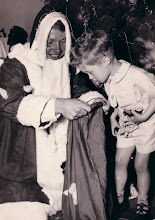







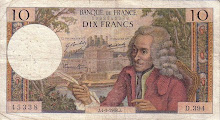
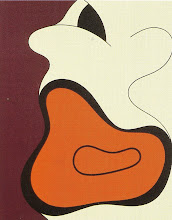+1998+Cropped.jpg)

